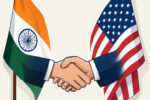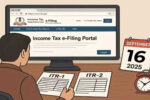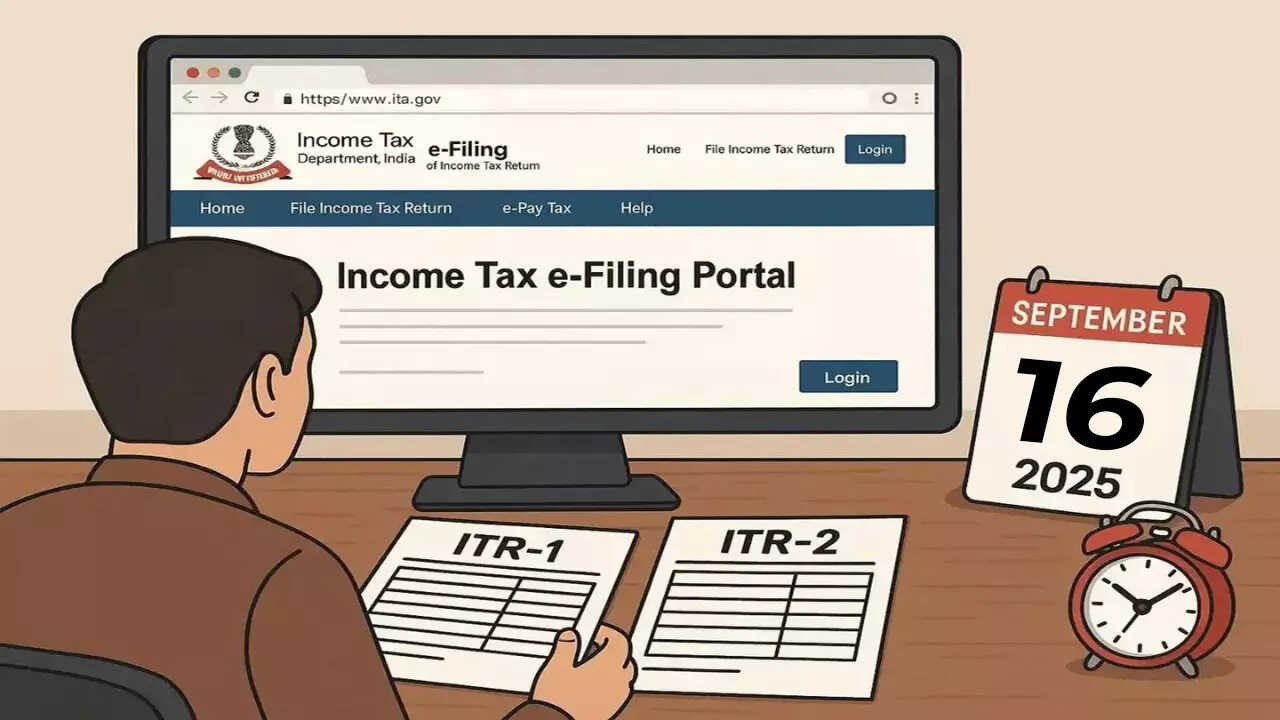Apple’s stock price tumbled after Donald Trump threatened a 25% tariff on iPhones made outside the US, escalating trade tensions. The announcement, made on Truth Social, triggered a Wall Street sell-off, with major tech stocks also declining. Trump also proposed a 50% tariff on EU goods, further unsettling investors amid ongoing trade negotiations and uncertainty surrounding US demands.
Apple’s in a Pickle: Trump’s Tariff Talk Sends Stocks Tumbling (Again!)
Okay, let’s talk Apple. We’re not talking about Granny Smiths or Honeycrisps here, but the tech behemoth whose logo is probably plastered on half the gadgets within arm’s reach of you right now. And right now, things are looking a little…bruised.
News broke yesterday that Donald Trump, never one to shy away from a dramatic headline (or a tariff), floated the idea of slapping a 25% tariff on iPhones and other Apple products manufactured outside the US. The reaction? Well, Apple’s stock took a nosedive, dropping around 4% faster than you can say “supply chain disruption.”
Now, we’ve seen this movie before, haven’t we? Trade wars and tariff threats have been the background music to global business for a while, and Apple’s always been in the crosshairs. Why? Because the company, while undeniably American in its innovation and brand, has its production heart beating primarily in China. It’s a complex dance of design, engineering, and, let’s be honest, cost-effectiveness. Building iPhones in America would be… well, expensive.
This latest tariff threat throws a wrench into that finely tuned machine. A 25% levy on iPhones would be a gut punch. Think about it: that’s a significant chunk of the retail price. Could Apple absorb that cost? Maybe, but it would eat into their profit margins, something shareholders definitely don’t want to see. Would they pass it on to consumers? Almost certainly. Get ready to shell out even more for that shiny new iPhone 16 (or whatever they’re calling it next year).
But it’s not just the iPhones that are at risk. We’re talking about a whole ecosystem of products: iPads, Macs, AirPods, Apple Watches… the list goes on. All these goodies, currently enjoyed by millions, could suddenly become significantly pricier. And in a market that’s already feeling the pinch of inflation, that could be a deal-breaker for many potential buyers.
Here’s the thing: tariffs aren’t just about numbers on a balance sheet. They have real-world consequences. They affect jobs, consumer spending, and the overall health of the economy. While the intention behind tariffs is often to incentivize domestic production and protect American jobs, the reality is often far more complicated. It can trigger retaliatory tariffs from other countries, disrupt global supply chains, and ultimately hurt the very consumers they’re supposedly designed to protect.
Apple’s situation is particularly interesting because they’re essentially caught between a rock and a hard place. On one hand, they’re a symbol of American ingenuity and technological prowess. On the other hand, their manufacturing reality is deeply intertwined with global supply chains, particularly China.
So, what’s Apple to do? Well, they have a few options. They could ramp up efforts to diversify their manufacturing base, moving production to countries like India or Vietnam. This is already happening to some extent, but it’s a slow and costly process. Building new factories, training workers, and establishing reliable supply chains takes time and resources.
They could also try to negotiate with the government. Apple has a history of lobbying effectively in Washington, and they could argue that these tariffs would ultimately harm American consumers and the US economy. After all, Apple is a major employer in the US, even if their manufacturing is largely overseas.
Finally, they could simply grit their teeth and absorb some of the cost, hoping that the tariff threat blows over. This might be a short-term solution, but it’s not sustainable in the long run.
The truth is, the future is uncertain. Will Trump actually follow through on this tariff threat? Will Apple find a way to mitigate the impact? Only time will tell. But one thing is clear: this latest development adds another layer of complexity to an already intricate global economic landscape.
And for those of us who rely on our iPhones for everything from checking our email to navigating our cities, it’s a reminder that even the most ubiquitous technologies are subject to the winds of political and economic change. Maybe it’s time to start budgeting a little extra for that next upgrade… just in case.
📬 Stay informed — follow us for more insightful updates!






